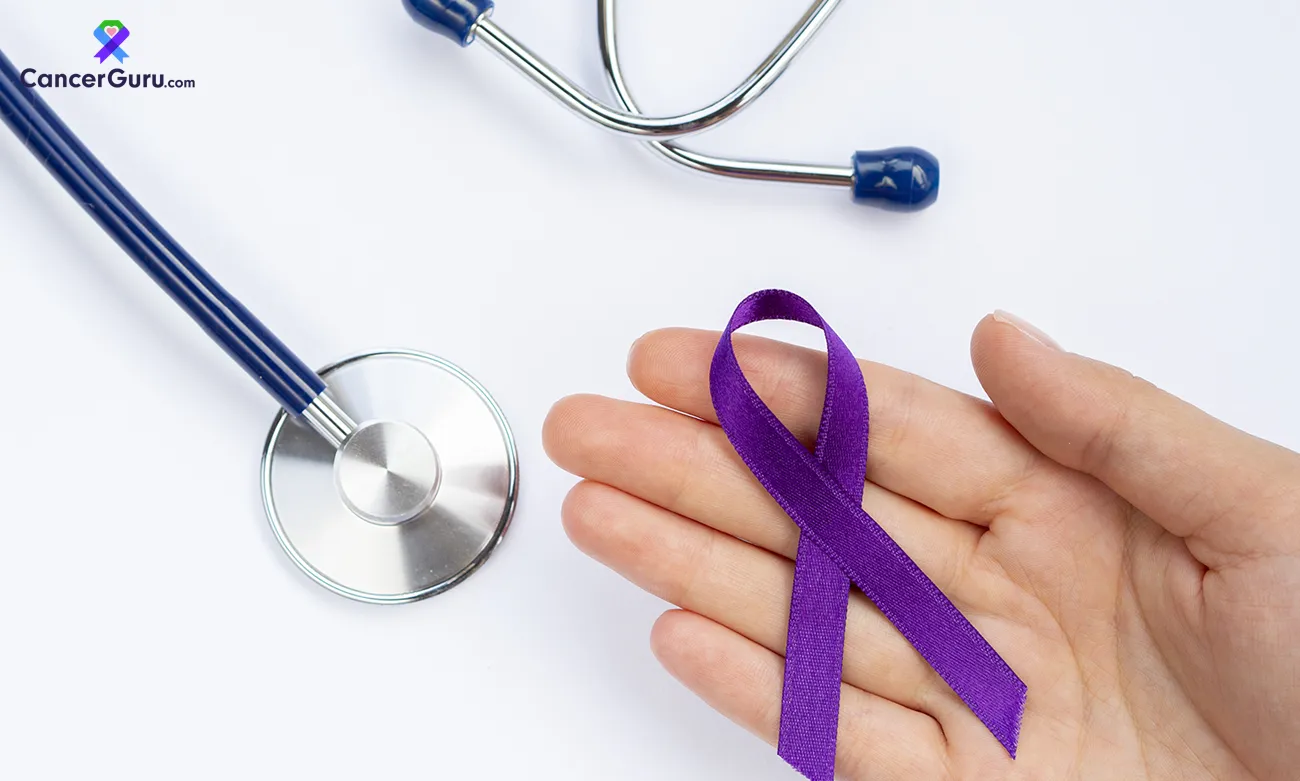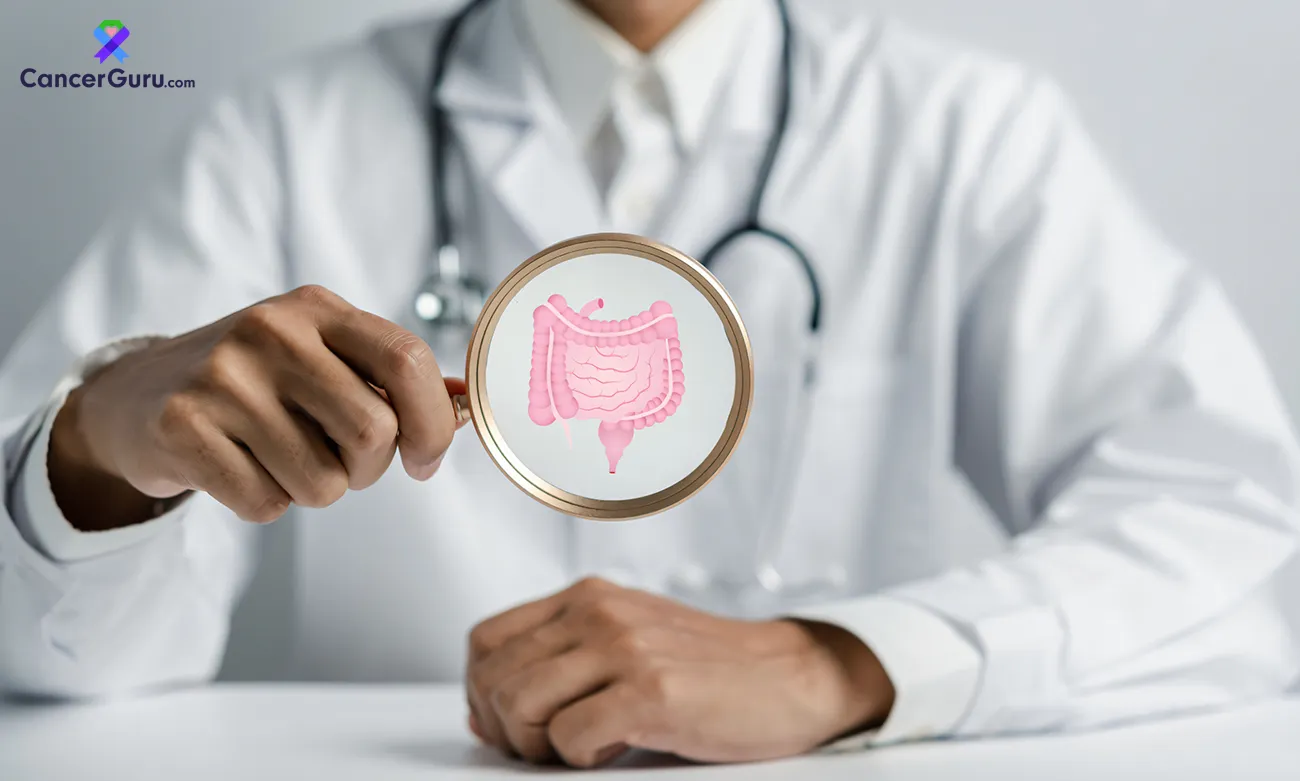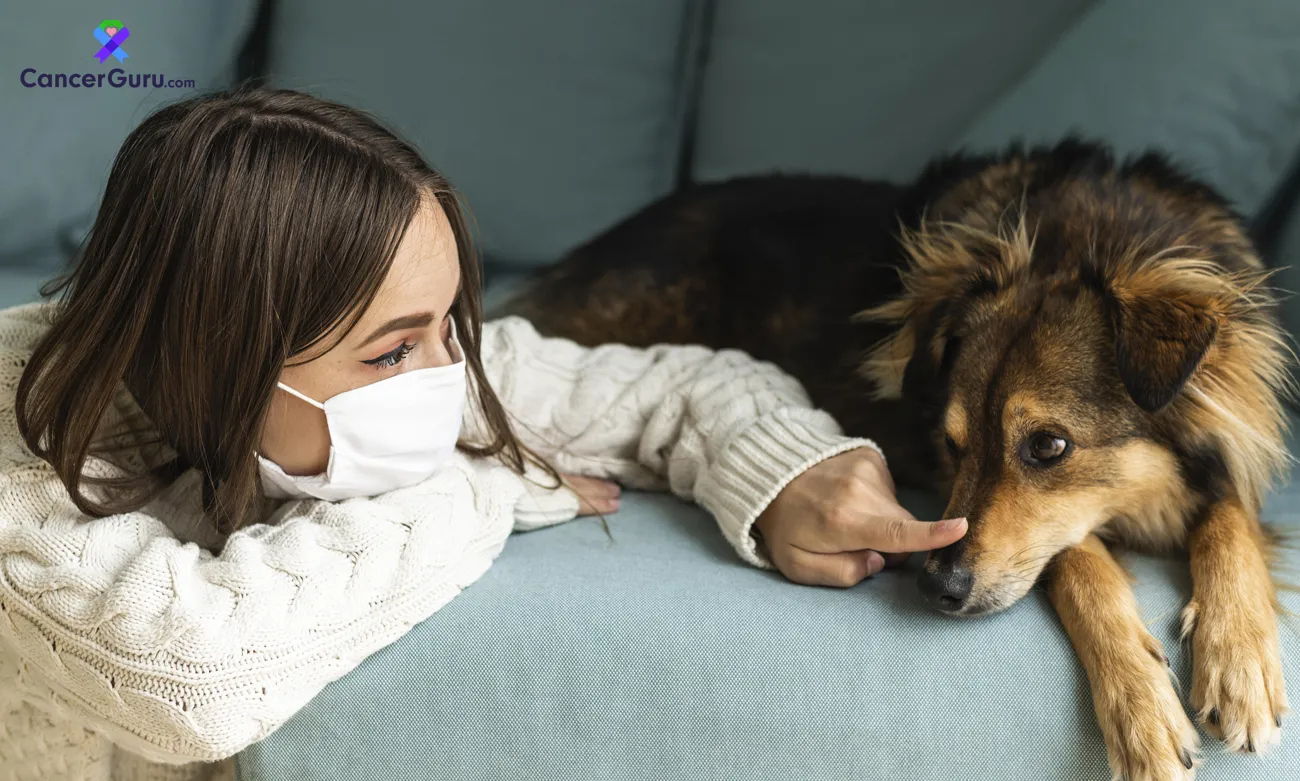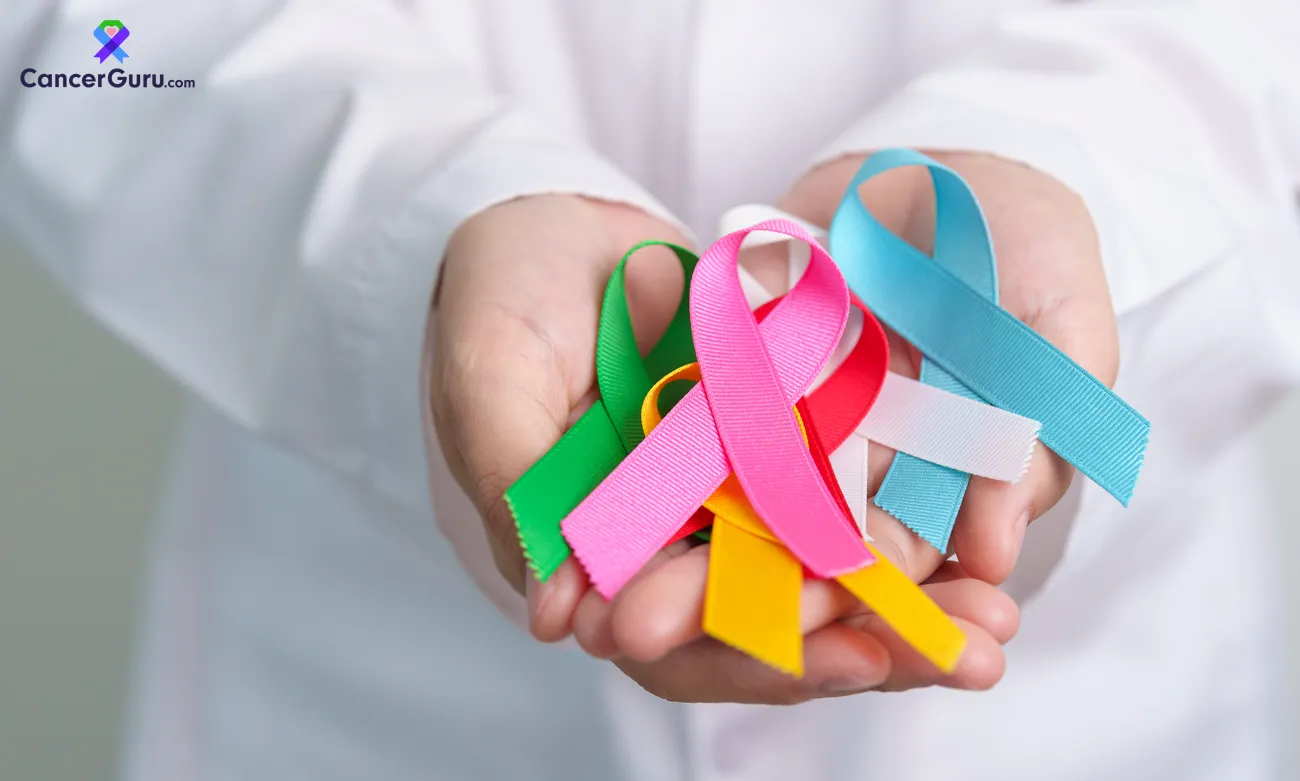- Email: [email protected]
- Contact: +1 (407)581-9000
10 Common Myths About Breast Cancer
October 7, 2025

Breast cancer is one of the most talked-about health issues across the world. Yet, even with all the awareness campaigns, people still carry a lot of misconceptions about it. Myths spread fast, especially when shared among friends, family, or on social media, and sometimes they feel convincing. The problem is that these myths can stop people from getting checked early, confuse them about risks, or even make them feel scared for no reason.
Let’s walk through the 10 most common myths about breast cancer and break them down into facts.
Breast Cancer Myths Vs Facts
Myth 1: Only women get breast cancer
Fact: This is one of the biggest misconceptions out there. Most people think breast cancer is a woman’s disease because it’s much more common in women. But men also have breast tissue, and although rare, they can develop breast cancer too. The percentage is smaller, but it still happens.
Men often don’t realize they can get it, so they might ignore warning signs like lumps in the chest area. By the time they get it checked, the cancer may have already progressed. For this reason, men should also pay attention to any unusual changes in their chest, like swelling, nipple discharge, or skin dimpling.
Myth 2: If no one in your family has had breast cancer, you can’t get it
Fact: Family history can raise your chances of getting breast cancer, but most cases don’t come from inherited genes. In fact, about 85 percent of people who are diagnosed have no direct family history at all.
Genes like BRCA1 and BRCA2 can increase the risk if they’re passed down, but lifestyle, age, and environmental exposure also play a huge role. This means that even if no one in your family has ever had it, you still need regular screenings. Believing this myth can make people skip mammograms and delay finding cancer early.
Myth 3: Wearing underwire bras can cause breast cancer
Fact: You’ve probably heard someone claim that underwire bras block the flow of lymph fluid, causing toxins to build up and trigger breast cancer. This rumor has been around for years, but science has shown no link between bras and cancer.
Lymphatic drainage isn’t affected by bras, and there’s no evidence that fabric, straps, or wire can cause harmful buildup. This myth likely caught on because people are always looking for simple explanations for complex diseases. The truth is, what you wear has nothing to do with developing breast cancer.
Myth 4: Only older women need to worry about breast cancer
Fact: Age is a major risk factor, but young women can also get breast cancer. While most cases are diagnosed in women over 50, it doesn’t mean younger people are safe. Breast cancer in younger women is less common, but it can be more aggressive when it does happen.
Young women sometimes ignore warning signs because they think they’re too young for breast cancer. They may blame breast lumps on hormonal changes or assume it’s nothing serious. Because of this, by the time they see a doctor, the cancer may already be advanced. This is why all age groups need to stay aware.
Myth 5: Breast cancer always shows up as a lump
Fact: Lumps are a common sign, but they’re not the only one. Some people develop breast cancer without ever noticing a lump. Other signs can include changes in breast shape, thickening of tissue, nipple changes, redness, or skin that looks like an orange peel.
Relying only on lumps as a warning can delay diagnosis. Doctors use mammograms, ultrasounds, and MRIs because they can pick up cancers that you can’t feel with your hands. Self-exams are good for being familiar with your body, but professional screenings catch more.
Myth 6: A healthy lifestyle guarantees you won’t get breast cancer
Fact: Eating balanced meals, exercising, limiting alcohol, and avoiding smoking all reduce your risk, but they don’t give full protection. People sometimes think that if they “do everything right,” they’ll never get breast cancer. Unfortunately, that’s not how it works.
Cancer can develop because of genetic mutations, hormonal changes, or simply aging cells. Healthy habits can lower your chances and make treatments more effective if you ever get diagnosed, but they don’t remove the possibility completely. This myth can make people feel guilty, which isn’t fair because lifestyle isn’t the only piece of the puzzle.
Myth 7: Breast cancer always comes with pain
Fact: Pain isn’t always present. In fact, most breast cancers in the early stages don’t hurt at all. That’s why screenings are so important. Some people wait until they feel pain to see a doctor, thinking no pain means no problem.
When pain does occur, it can be from other conditions like cysts, infections, or hormonal changes. While pain should never be ignored, the absence of pain doesn’t mean you’re in the clear. A lump or skin change that doesn’t hurt still needs medical attention.
Myth 8: If you have dense breasts, you will get breast cancer
Fact: Dense breast tissue does make it harder to spot cancer on a mammogram and can raise the risk slightly, but it doesn’t mean you’ll automatically get cancer. This myth creates unnecessary fear among people with dense breasts.
Doctors usually recommend extra imaging, like ultrasounds or MRIs, for people with dense tissue to make sure nothing is missed. It’s a risk factor, but not a guarantee. The best step is working with your doctor to choose the right screening plan.
Myth 9: Breast cancer always means losing a breast
Fact: This is one of the most feared ideas, but treatment options have changed a lot over the years. A mastectomy, which removes the breast, is sometimes needed, but not always. Many people can have a lumpectomy, which removes only the tumor and a small amount of tissue.
Advances in radiation therapy, chemotherapy, and targeted medicine also mean doctors can personalize treatment. Reconstructive surgery is another option for those who do need a mastectomy. While the thought of losing a breast is scary, it’s not the only outcome of a breast cancer diagnosis.
Myth 10: If you survive breast cancer once, it won’t come back
Fact: Survivors often hear this myth, and it can be misleading. The truth is, breast cancer can come back years later, even after successful treatment. Recurrence depends on the type of cancer, stage, and treatment response.
That doesn’t mean every survivor will face it again, but follow-up care is always needed. Regular checkups and monitoring help catch any changes early. Living with the thought of recurrence can be stressful, but being aware is better than being misled by false reassurance.
Why Busting These Myths Matters?
Believing myths about breast cancer can delay diagnosis, stop people from getting screened, or cause unnecessary fear. When misinformation spreads, it shapes how people react to symptoms and treatment. Breaking these myths is not just about correcting facts, it’s about saving lives.
For example, someone who thinks only women get breast cancer might ignore symptoms in a man. Another person who believes pain is the first sign could delay seeing a doctor. A young woman might ignore changes in her breasts because she assumes she’s too young to get them.
Myths also place blame on people who are diagnosed, suggesting they must have done something wrong with their lifestyle. That’s not true. Cancer is complex, and while habits matter, they aren’t the full picture.
Taking charge of your health
The best way to handle breast cancer risk is by knowing your body, keeping up with screenings, and talking openly with doctors. Don’t rely on social media posts or gossip when it comes to health. Ask questions, and don’t feel shy about bringing up concerns during checkups.
Screenings like mammograms save lives because they find cancer before it spreads. Even if you feel fine, regular checkups matter. If something doesn’t feel right, trust your instincts and get it checked.
Knowledge gives you power over myths. Sharing correct information with friends and family also helps reduce fear and stigma around breast cancer. The more people know the truth, the fewer chances myths have to confuse or mislead.
Taking charge of your health
Breast cancer is a serious disease, but myths surrounding it make it harder for people to handle it with a clear mind. By breaking these myths, we can focus on what truly matters: awareness, early detection, and proper care.
Men can get breast cancer, too. Family history isn’t the only cause. Lumps aren’t the only symptom. Healthy habits reduce risk but don’t erase it. Pain isn’t always present. Dense breasts raise risk but don’t guarantee cancer. Treatment doesn’t always mean losing a breast. And surviving once doesn’t mean it can’t return.
When you separate myths from facts, you remove unnecessary fear and give space for real knowledge to guide decisions. The fight against breast cancer isn’t only in hospitals, it’s also in conversations. Every time you correct a myth, you help someone approach their health with a clearer understanding and stronger awareness.










